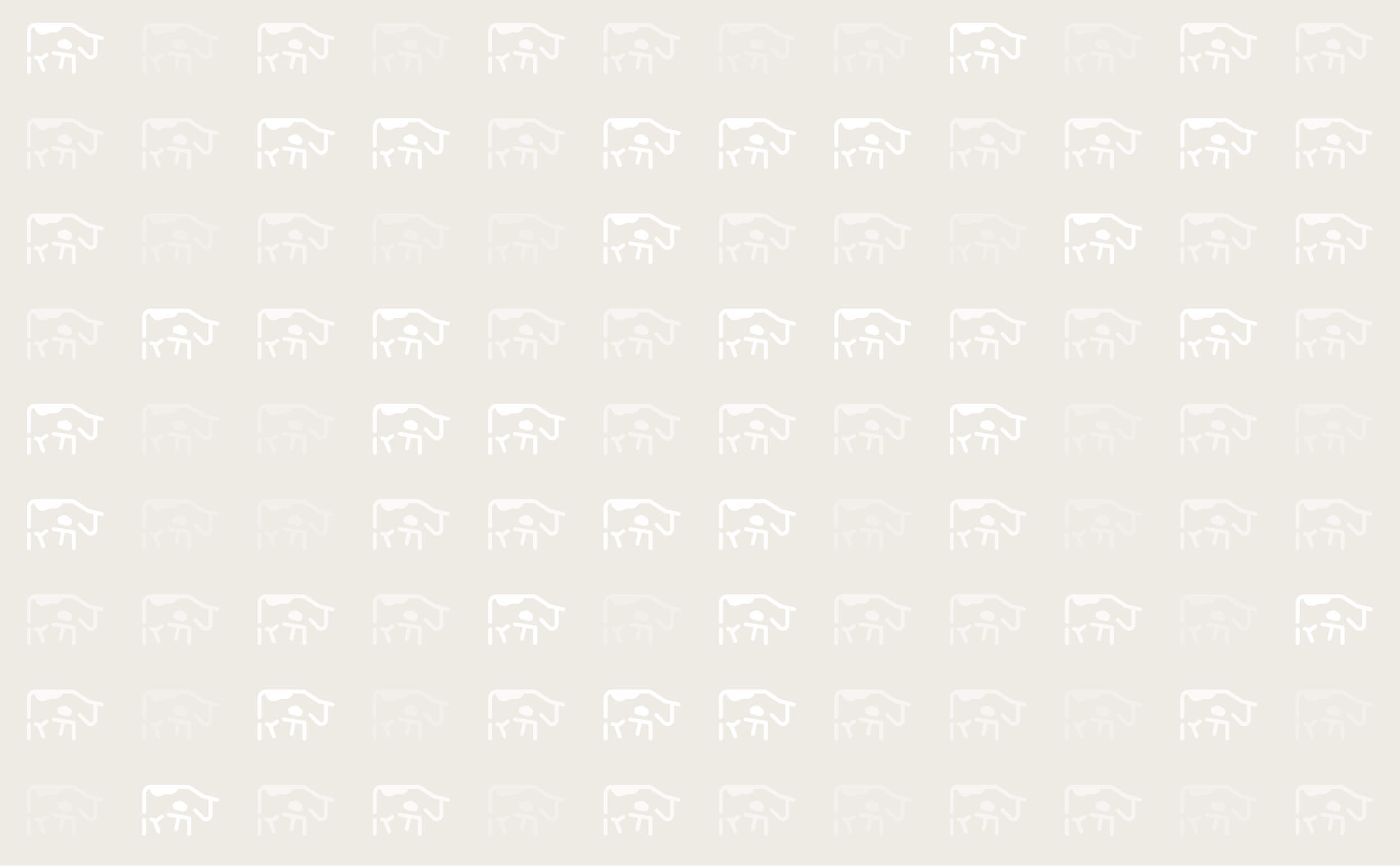



OIE outlines BSE risk assessments for US and Canada
AUSTRALIA - An expert panel of the World Organisation for Animal Health (OIE) has recommended that the US and Canada be classified as ’control risk’ countries for BSE. This change in classification is likely to be ratified at the OIE’s general conference in May.’Controlled risk’ is the middle level of the OIE’s three-tiered classification system. It indicates that, while a country has a history of BSE cases, it has proven it can contain the disease. OIE recommends that ‘control risk’ countries be allowed to export beef from cattle under 30 months of age, with specified risk materials removed.
Officials from both the US and Canada said the rating recognises that both countries have implemented measures to effectively control BSE risks.
While Japan, South Korea and the US are all members of the OIE (as is Australia and 151 other nations), member countries are not obliged to adopt OIE’s recommended trade rules.
According to the Japanese Vice Minister of Agriculture, the classification will not lead to immediate changes in Japan’s import protocols for US beef (meatingplace.com).
According to a report by Yonhap news agency, a South Korean Agriculture Ministry official stated that Korea would be expected to provide scientific justification if Korea chose not to follow the OIE’s stance after May (MeatNews.com).
The US was the second largest global beef exporter prior to the discovery of its first BSE case in December 2003 (behind Australia). US beef exports fell 75% in 2004, due largely to Japan and South Korea import bans. While exports recovered by almost 40% in 2006, they were still barely half the 2003 quantity.
Despite the official lifting of import bans in mid-2006, US exported only 13,736 tonnes (carcase weight) to Japan in 2006 (US Meat Exporter’s Federation data) and the three initial shipments to Korea were rejected due to the discovery of bone chips.
TheCattleSite News Desk


